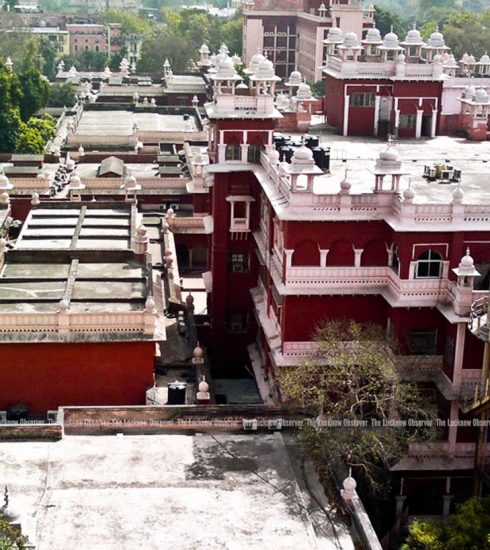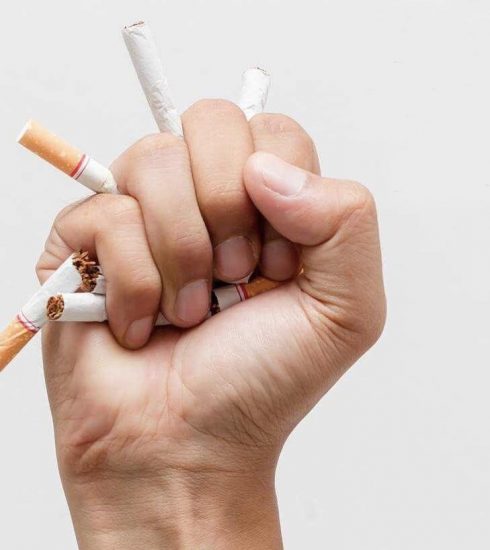Save Water Save Life
Water Scarcity in India Worsening
114 million Indians will soon face domestic, agricultural and industrial shortages because of Water scarcity.
Water security is emerging as the number one global risk in terms of development impact. The world will not be able to meet the great development challenges of the 21st century ñ human development, livable cities, climate change, food security, and energy security ñ without improving how countries manage their water resources and ensuring that people have access to reliable water and sanitation services.
In northern India, groundwater supplies are being depleted faster than natural processes can replenish them. According to The World Bank, India is the largest user of ground water in the world, after China. If something is not done soon, an estimated 114 million Indians will soon face desperate domestic, agricultural and industrial shortages.
What is causing this? “Human activities”: primarily wasteful water use, a lack of sustainable water-management policies and insufficient public investment. These failings have each been worsening by rapid population growth, increasing population density and climate change.
Groundwater serves as a vital buffer against the volatility of monsoon rains, and India’s falling water table therefore threatens catastrophe. 60 percent of north India’s irrigated agriculture is dependent on ground water, as is 85 percent of the region’s drinking water. The World Bank predicts that India only has 20 years before its aquifers will reach ‘critical condition’ ñ when demand for water will outstrip supply ñ an eventuality that will devastate the region’s food security, economic growth and livelihoods.
Analysts fear that growing competition for rapidly dwindling natural resources will trigger inter-state or intra-state conflict.
Public health is also seriously at risk. The demand for safe drinking water in India is already high, and the situation will only grow more acute as levels drop further. The World Health Organization reports that 97 million Indians lack access to safe drinking water, while 21 percent of the country’s communicable diseases are transferred by the use of unclean water.
In their 2013 Outlook Report, the Asian Development Bank calculated India’s water security based on household, economic, urban and environmental needs, and concluded that India’s water prospects are ‘hazardous’. According to the report, a comprehensive and immediate program of investment, regulation, and law enforcement is necessary. Private-sector groups agree.
The 2030 Water Resources Group, made up of private companies, argues that the ‘water gap’ (between insufficient supply and excess demand) in Asia will only close once countries limit the water-intensity of their economies. In Indian industry, dam construction for hydropower plants and large agribusiness landholdings account for the majority of the country’s water demands.
Parts of India have pioneered successful solutions. The southwestern state of Andhra Pradesh has introduced a highly effective program of self-regulatory water use. Community water-management schemes and awareness campaigns among farmers have seen levels of water consumption fall significantly.
The ‘Andhra model’ provides a set of easily replicated and implemented programs for the consideration of other state governments in India. Self-regulation is a vital short-term solution. For India to be water secure, it would need to ensure long-term access that is affordable, equitable, efficient and sustainable. Major industrial, agricultural and domestic water reform is therefore necessary.
INDOOR TIPS
- Cook food in as little water as possible. This also helps it retain more nutrients.
- Select the proper pan size for cooking. Large pans may require more cooking water than
necessary. - Wash your fruits and vegetables in a pan of water instead of running water from the tap.
BATHROOM
- Shorten your shower by a minute or two and you’ll save up to 150 gallons per month.
- If your toilet flapper doesn’t close properly after flushing, replace it.
- Turn off the water while washing your hair.
LAUNDRY
- When doing laundry, match the water level to the size of the load.
- Washing dark clothes in cold water saves water and energy, and helps your clothes retain their color.
- Have a plumber re-route your grey water to trees and plants rather than the sewer line.
Join “A Litre Water” Campaign to save 1 Litre water every day.
Saurabh Mishra
Writer is the Founder of an NGO , Green Globe Group which works on promoting awareness on topics like Climate Change, Global Warming & Water Scarcity.
(Published in The Lucknow Observer, Volume 2 Issue 14, Dated 05 May 2015)








